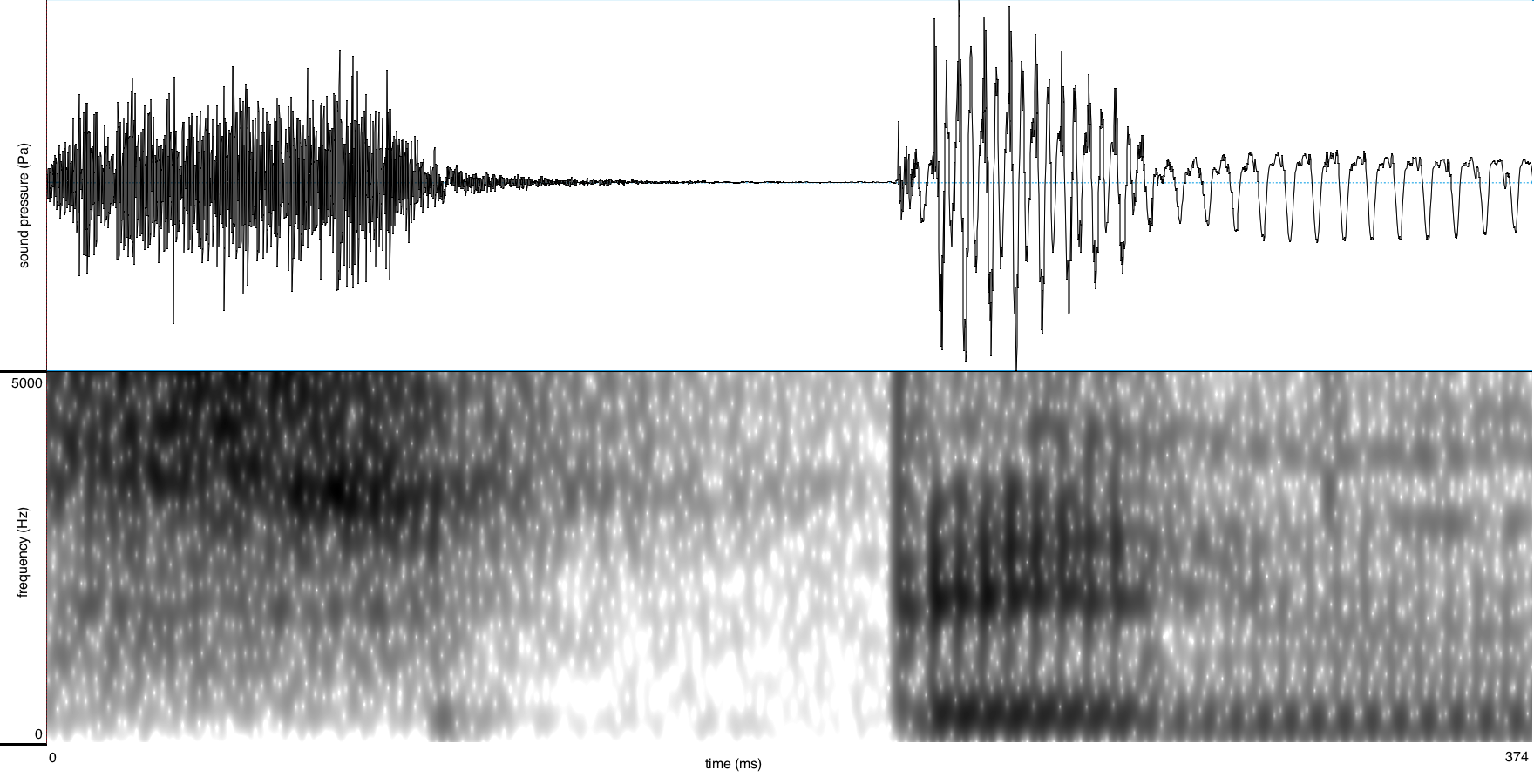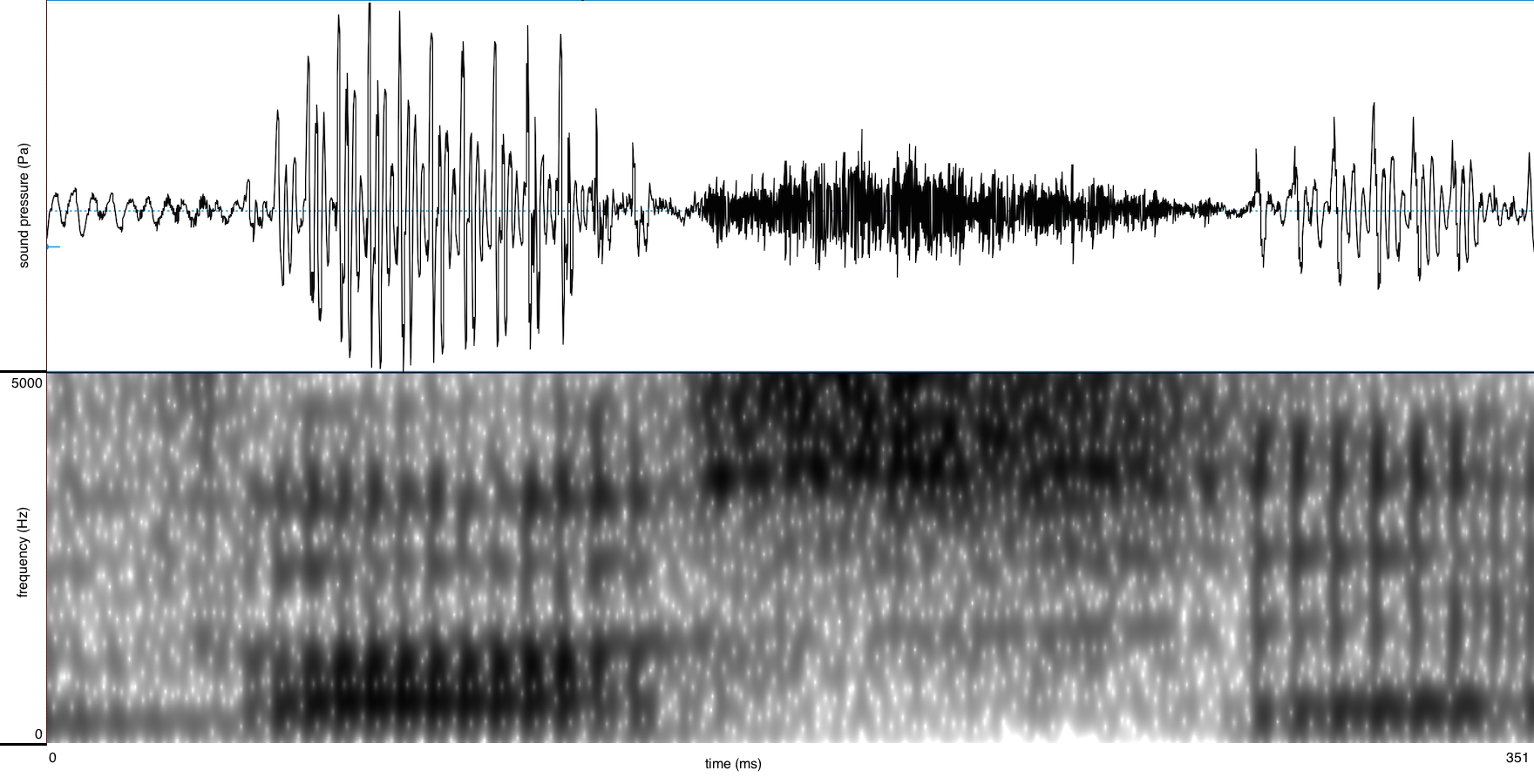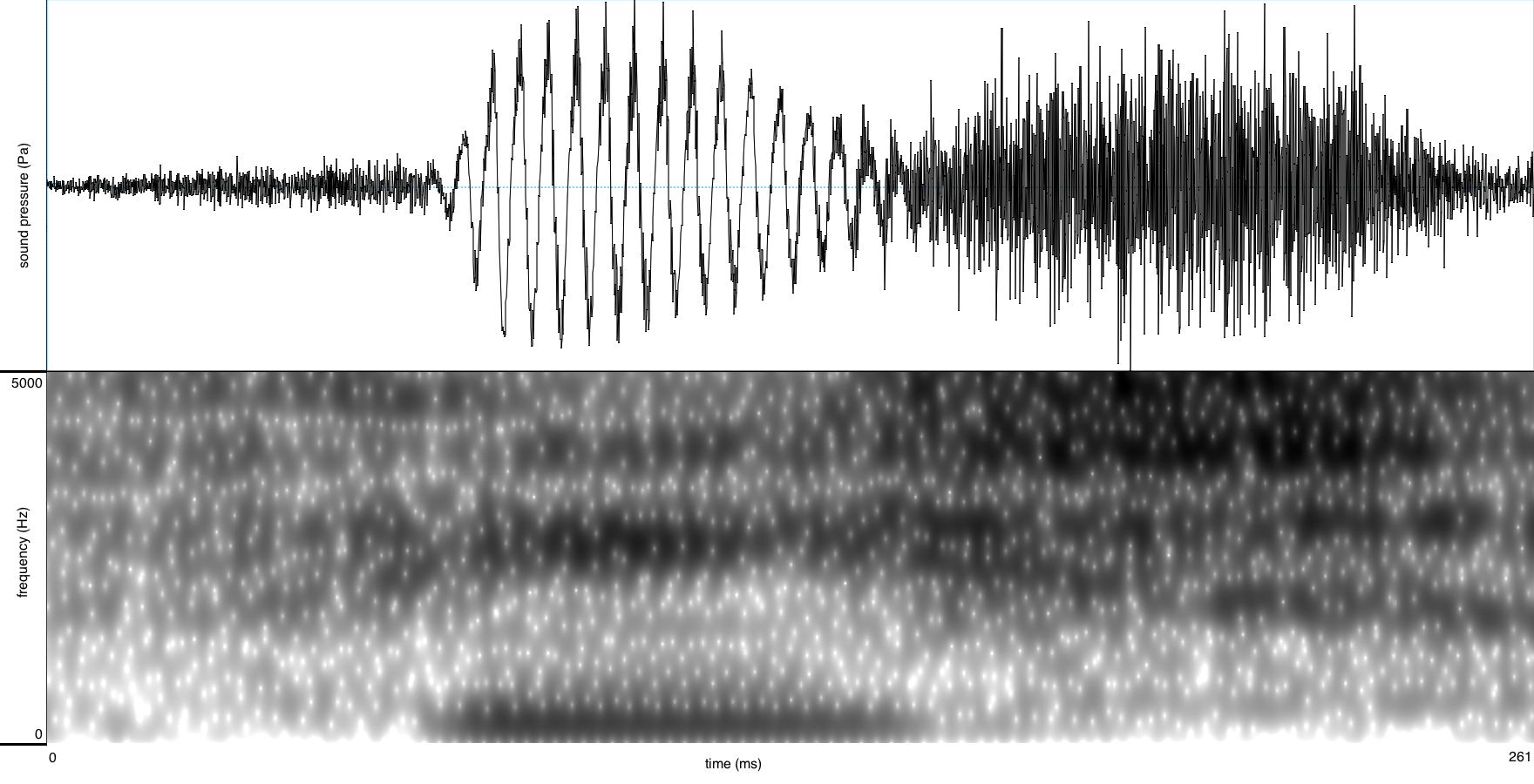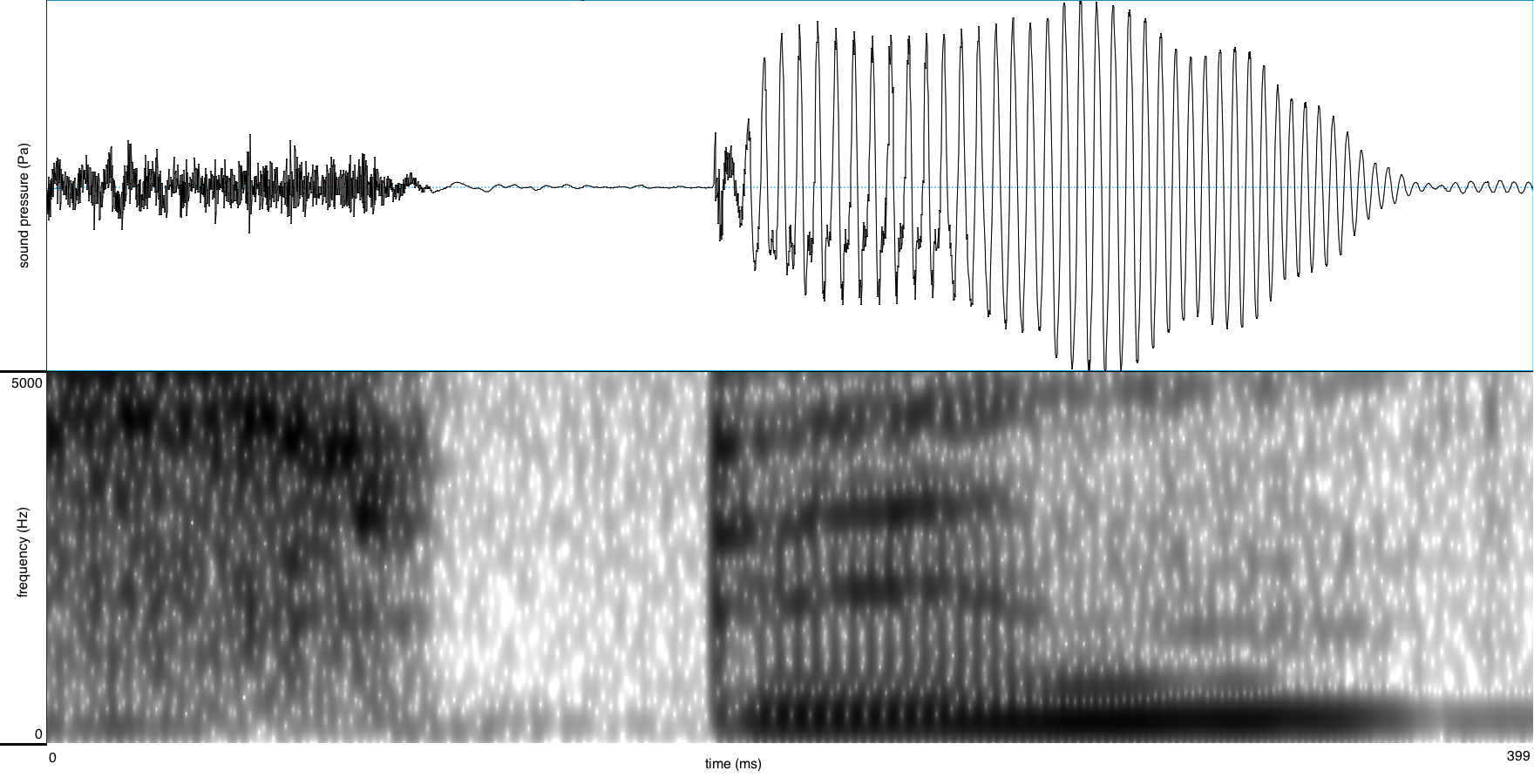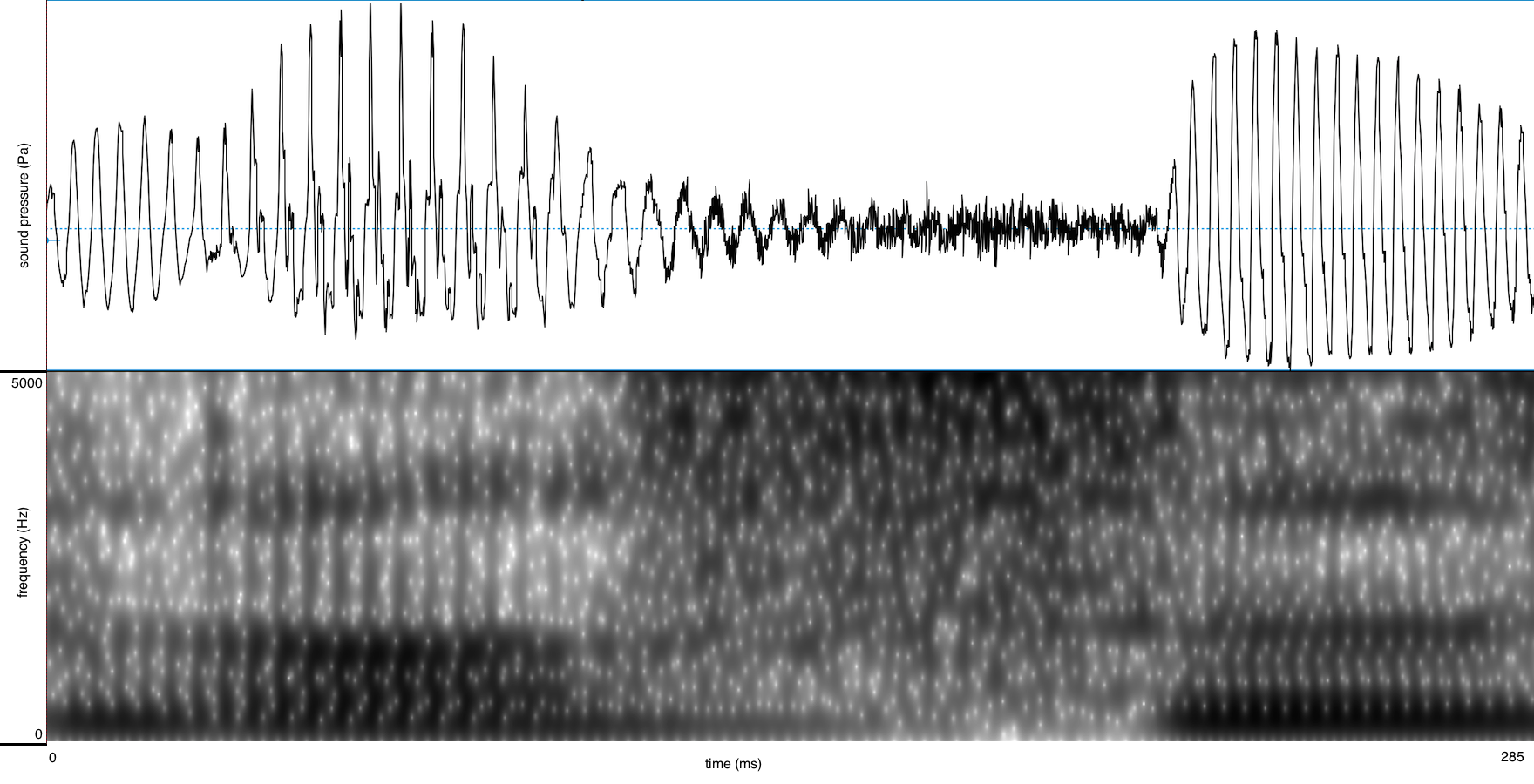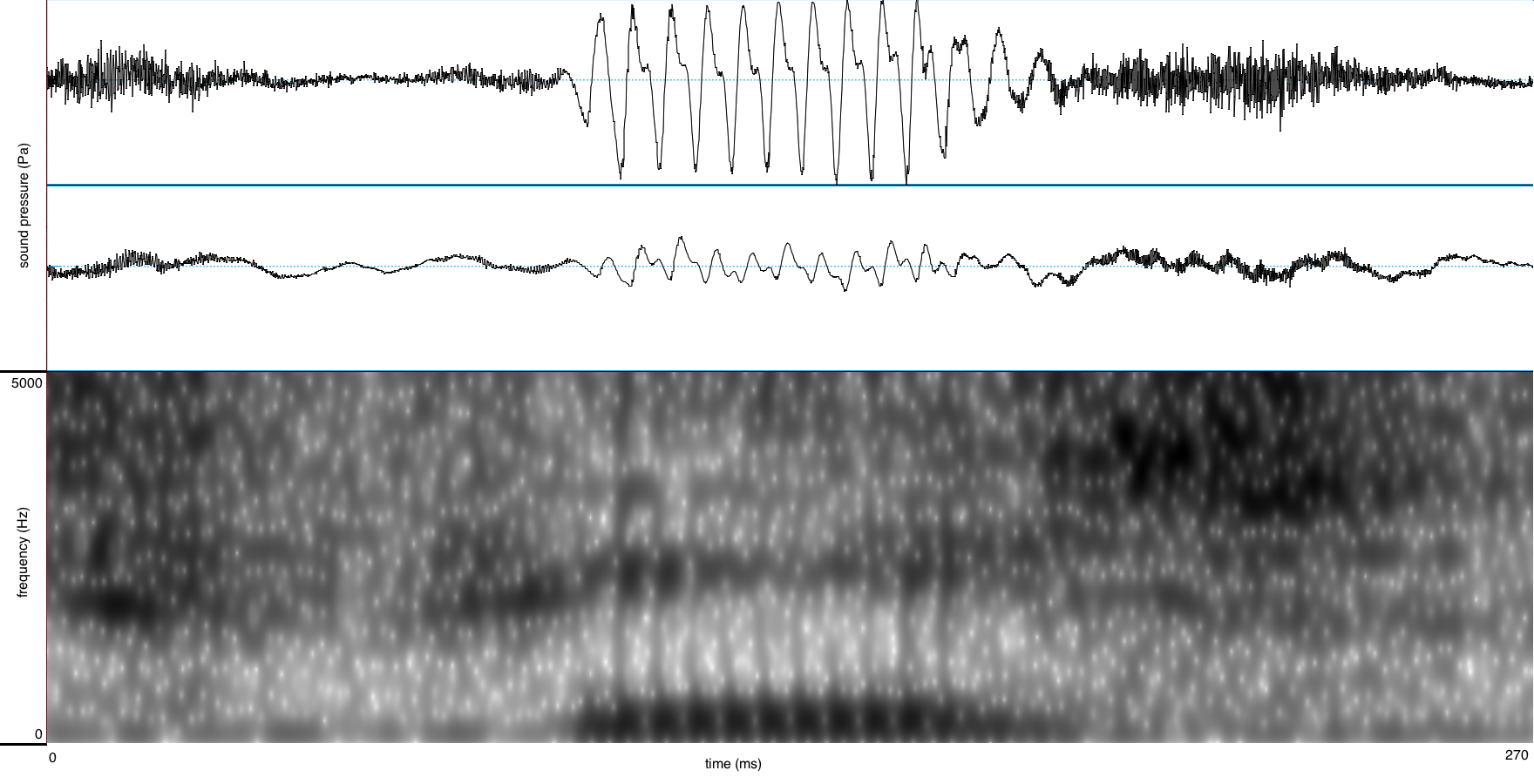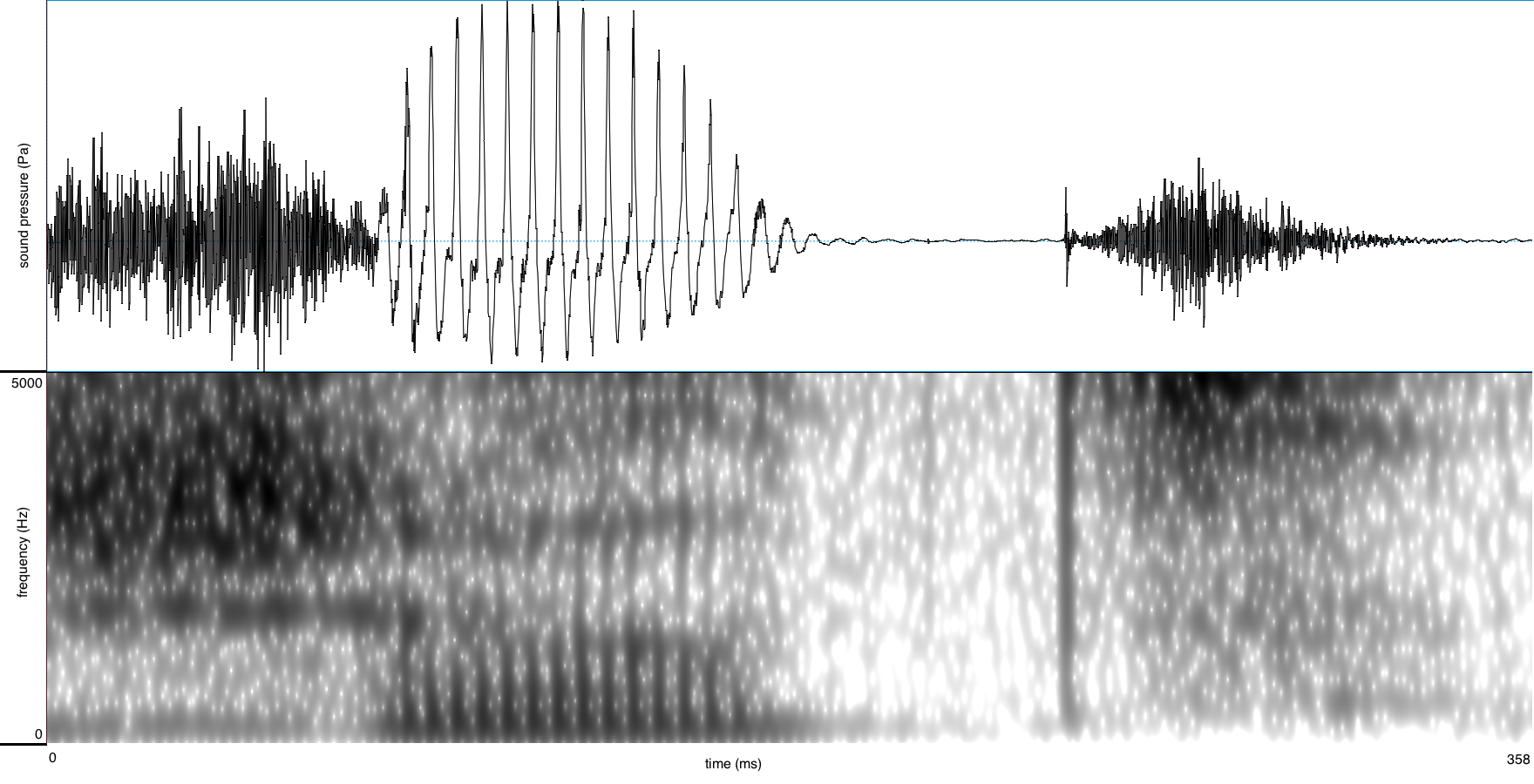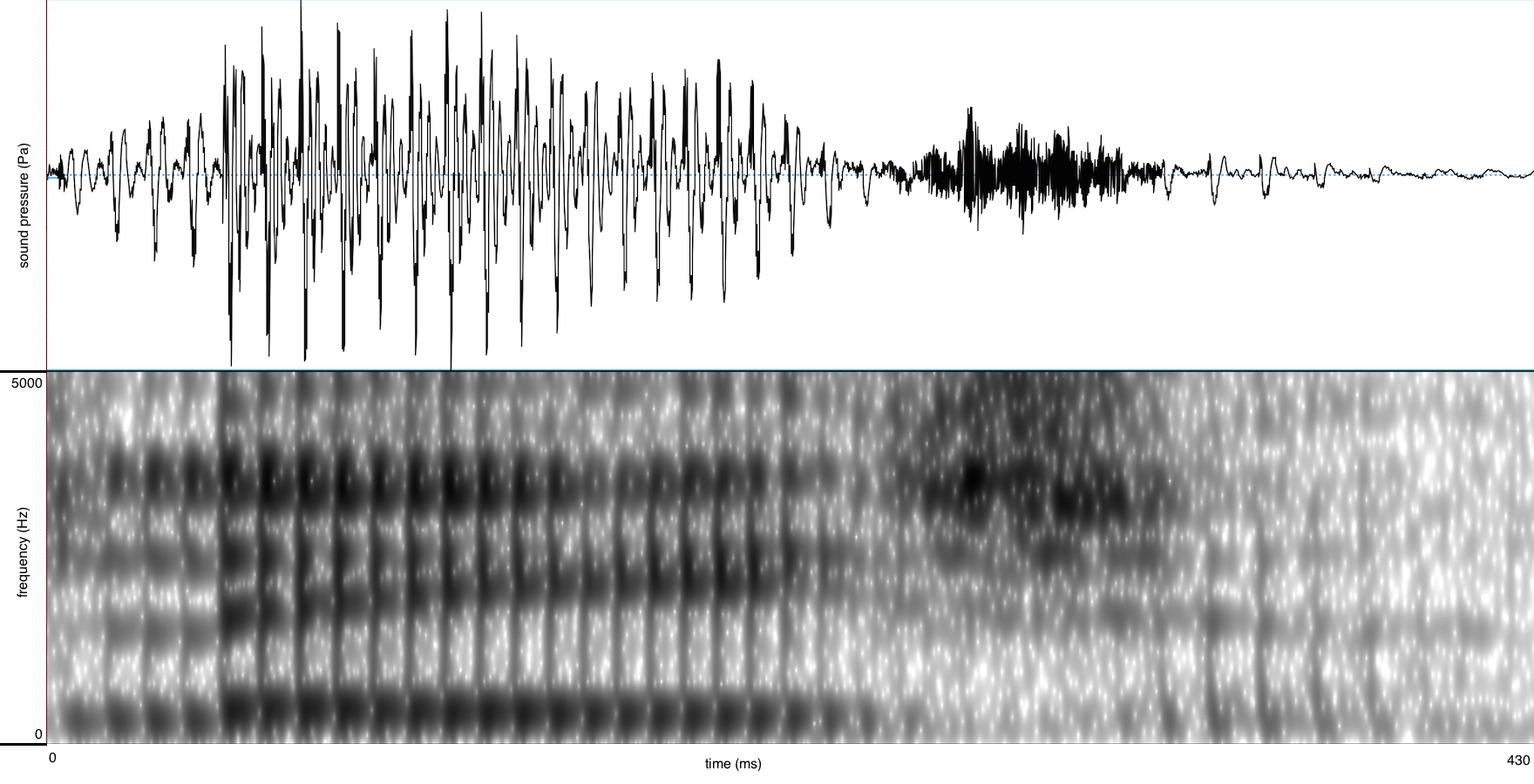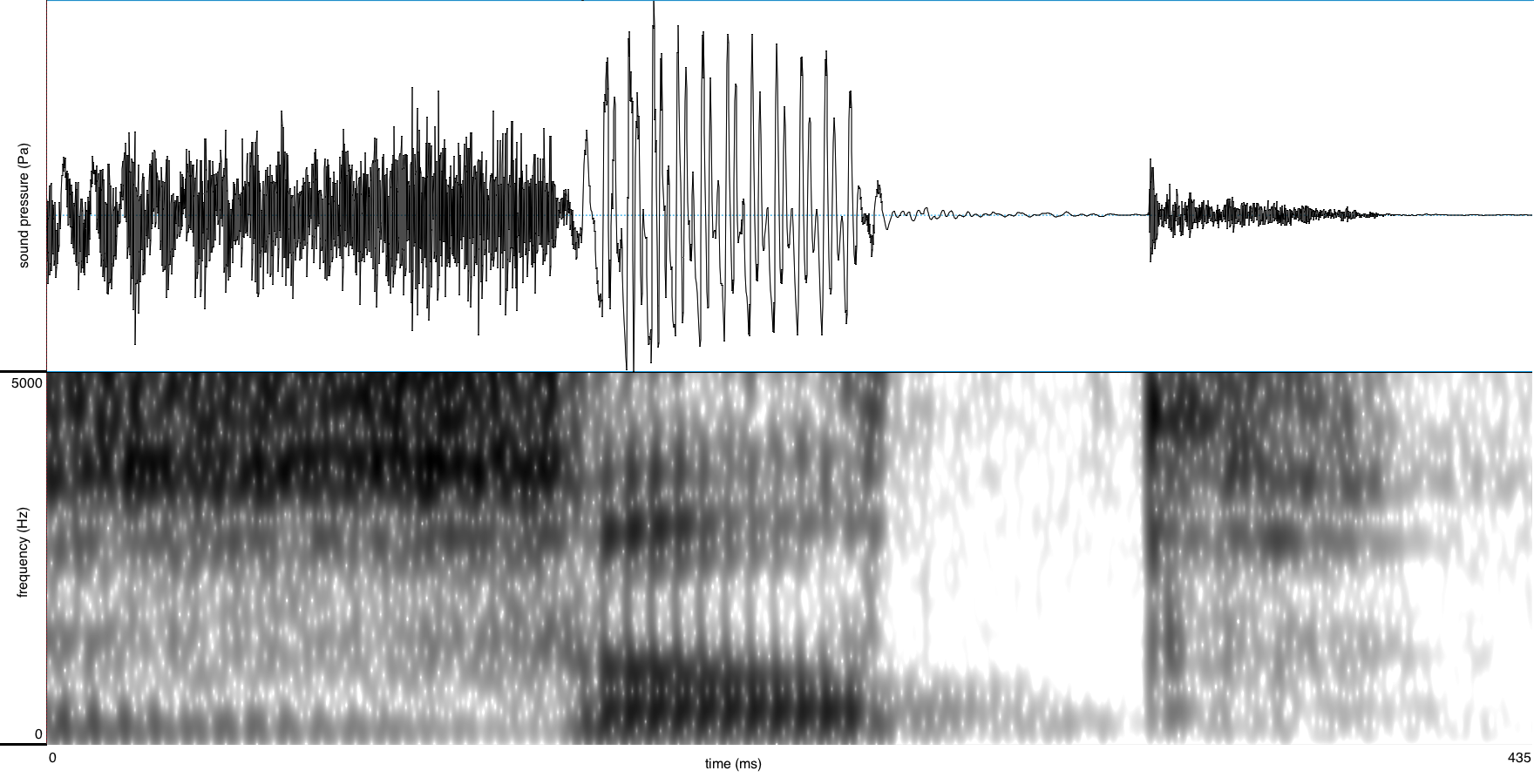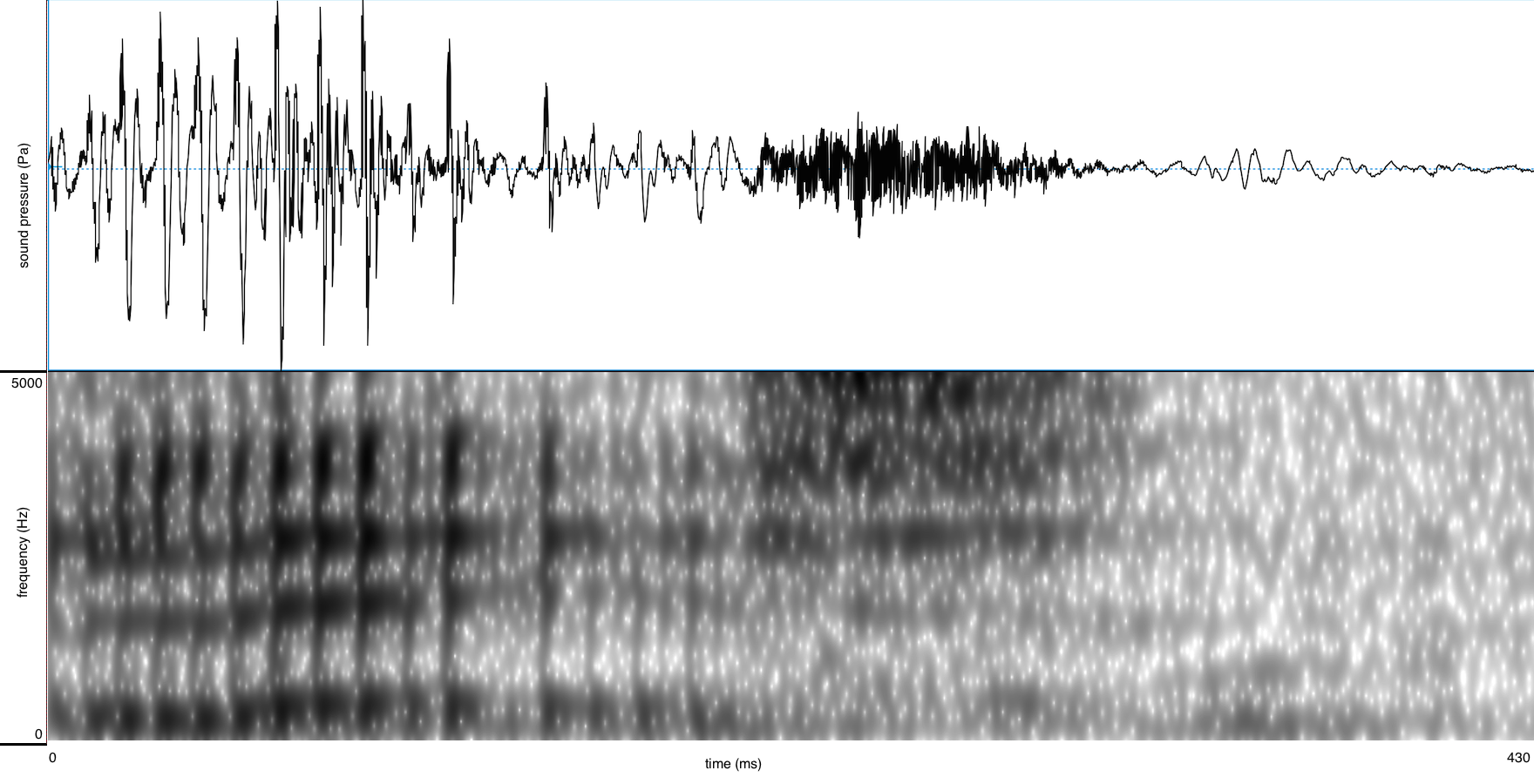- Dutch
- Frisian
- Saterfrisian
- Afrikaans
-
- Phonology
- Segment inventory
- Phonotactics
- Phonological processes
- Phonology-morphology interface
- Word stress
- Primary stress in simplex words
- Monomorphemic words
- Diachronic aspects
- Generalizations on stress placement
- Default penultimate stress
- Lexical stress
- The closed penult restriction
- Final closed syllables
- The diphthong restriction
- Superheavy syllables (SHS)
- The three-syllable window
- Segmental restrictions
- Phonetic correlates
- Stress shifts in loanwords
- Quantity-sensitivity
- Secondary stress
- Vowel reduction in unstressed syllables
- Stress in complex words
- Primary stress in simplex words
- Accent & intonation
- Clitics
- Spelling
- Morphology
- Word formation
- Compounding
- Nominal compounds
- Verbal compounds
- Adjectival compounds
- Affixoids
- Coordinative compounds
- Synthetic compounds
- Reduplicative compounds
- Phrase-based compounds
- Elative compounds
- Exocentric compounds
- Linking elements
- Separable complex verbs (SCVs)
- Gapping of complex words
- Particle verbs
- Copulative compounds
- Derivation
- Numerals
- Derivation: inputs and input restrictions
- The meaning of affixes
- Non-native morphology
- Cohering and non-cohering affixes
- Prefixation
- Suffixation
- Nominal suffixation: person nouns
- Conversion
- Pseudo-participles
- Bound forms
- Nouns
- Nominal prefixes
- Nominal suffixes
- -aal and -eel
- -aar
- -aard
- -aat
- -air
- -aris
- -ast
- Diminutives
- -dom
- -een
- -ees
- -el (nominal)
- -elaar
- -enis
- -er (nominal)
- -erd
- -erik
- -es
- -eur
- -euse
- ge...te
- -heid
- -iaan, -aan
- -ief
- -iek
- -ier
- -ier (French)
- -ière
- -iet
- -igheid
- -ij and allomorphs
- -ijn
- -in
- -ing
- -isme
- -ist
- -iteit
- -ling
- -oir
- -oot
- -rice
- -schap
- -schap (de)
- -schap (het)
- -sel
- -st
- -ster
- -t
- -tal
- -te
- -voud
- Verbs
- Adjectives
- Adverbs
- Univerbation
- Neo-classical word formation
- Construction-dependent morphology
- Morphological productivity
- Compounding
- Inflection
- Inflection and derivation
- Allomorphy
- The interface between phonology and morphology
- Word formation
- Syntax
- Preface and acknowledgements
- Verbs and Verb Phrases
- 1 Characterization and classification
- 2 Projection of verb phrases I:Argument structure
- 3 Projection of verb phrases II:Verb frame alternations
- Introduction
- 3.1. Main types
- 3.2. Alternations involving the external argument
- 3.3. Alternations of noun phrases and PPs
- 3.3.1. Dative/PP alternations (dative shift)
- 3.3.1.1. Dative alternation with aan-phrases (recipients)
- 3.3.1.2. Dative alternation with naar-phrases (goals)
- 3.3.1.3. Dative alternation with van-phrases (sources)
- 3.3.1.4. Dative alternation with bij-phrases (possessors)
- 3.3.1.5. Dative alternation with voor-phrases (benefactives)
- 3.3.1.6. Conclusion
- 3.3.1.7. Bibliographical notes
- 3.3.2. Accusative/PP alternations
- 3.3.3. Nominative/PP alternations
- 3.3.1. Dative/PP alternations (dative shift)
- 3.4. Some apparent cases of verb frame alternation
- 3.5. Bibliographical notes
- 4 Projection of verb phrases IIIa:Selection of clauses/verb phrases
- 5 Projection of verb phrases IIIb:Argument and complementive clauses
- Introduction
- 5.1. Finite argument clauses
- 5.2. Infinitival argument clauses
- 5.3. Complementive clauses
- 6 Projection of verb phrases IIIc:Complements of non-main verbs
- 7 Projection of verb phrases IIId:Verb clusters
- 8 Projection of verb phrases IV: Adverbial modification
- 9 Word order in the clause I:General introduction
- 10 Word order in the clause II:Position of the finite verb (verb-first/second)
- 11 Word order in the clause III:Clause-initial position (wh-movement)
- Introduction
- 11.1. The formation of V1- and V2-clauses
- 11.2. Clause-initial position remains (phonetically) empty
- 11.3. Clause-initial position is filled
- 12 Word order in the clause IV:Postverbal field (extraposition)
- 13 Word order in the clause V: Middle field (scrambling)
- 14 Main-clause external elements
- Nouns and Noun Phrases
- 1 Characterization and classification
- 2 Projection of noun phrases I: complementation
- Introduction
- 2.1. General observations
- 2.2. Prepositional and nominal complements
- 2.3. Clausal complements
- 2.4. Bibliographical notes
- 3 Projection of noun phrases II: modification
- Introduction
- 3.1. Restrictive and non-restrictive modifiers
- 3.2. Premodification
- 3.3. Postmodification
- 3.3.1. Adpositional phrases
- 3.3.2. Relative clauses
- 3.3.3. Infinitival clauses
- 3.3.4. A special case: clauses referring to a proposition
- 3.3.5. Adjectival phrases
- 3.3.6. Adverbial postmodification
- 3.4. Bibliographical notes
- 4 Projection of noun phrases III: binominal constructions
- Introduction
- 4.1. Binominal constructions without a preposition
- 4.2. Binominal constructions with a preposition
- 4.3. Bibliographical notes
- 5 Determiners: articles and pronouns
- Introduction
- 5.1. Articles
- 5.2. Pronouns
- 5.3. Bibliographical notes
- 6 Numerals and quantifiers
- 7 Pre-determiners
- Introduction
- 7.1. The universal quantifier al 'all' and its alternants
- 7.2. The pre-determiner heel 'all/whole'
- 7.3. A note on focus particles
- 7.4. Bibliographical notes
- 8 Syntactic uses of noun phrases
- Adjectives and Adjective Phrases
- 1 Characteristics and classification
- 2 Projection of adjective phrases I: Complementation
- 3 Projection of adjective phrases II: Modification
- 4 Projection of adjective phrases III: Comparison
- 5 Attributive use of the adjective phrase
- 6 Predicative use of the adjective phrase
- 7 The partitive genitive construction
- 8 Adverbial use of the adjective phrase
- 9 Participles and infinitives: their adjectival use
- 10 Special constructions
- Adpositions and adpositional phrases
- 1 Characteristics and classification
- Introduction
- 1.1. Characterization of the category adposition
- 1.2. A formal classification of adpositional phrases
- 1.3. A semantic classification of adpositional phrases
- 1.3.1. Spatial adpositions
- 1.3.2. Temporal adpositions
- 1.3.3. Non-spatial/temporal prepositions
- 1.4. Borderline cases
- 1.5. Bibliographical notes
- 2 Projection of adpositional phrases: Complementation
- 3 Projection of adpositional phrases: Modification
- 4 Syntactic uses of the adpositional phrase
- 5 R-pronominalization and R-words
- 1 Characteristics and classification
- Phonology
-
- General
- Phonology
- Segment inventory
- Phonotactics
- Phonological Processes
- Assimilation
- Vowel nasalization
- Syllabic sonorants
- Final devoicing
- Fake geminates
- Vowel hiatus resolution
- Vowel reduction introduction
- Schwa deletion
- Schwa insertion
- /r/-deletion
- d-insertion
- {s/z}-insertion
- t-deletion
- Intrusive stop formation
- Breaking
- Vowel shortening
- h-deletion
- Replacement of the glide w
- Word stress
- Clitics
- Allomorphy
- Orthography of Frisian
- Morphology
- Inflection
- Word formation
- Derivation
- Prefixation
- Infixation
- Suffixation
- Nominal suffixes
- Verbal suffixes
- Adjectival suffixes
- Adverbial suffixes
- Numeral suffixes
- Interjectional suffixes
- Onomastic suffixes
- Conversion
- Compositions
- Derivation
- Syntax
- Verbs and Verb Phrases
- Characteristics and classification
- Unergative and unaccusative subjects
- Evidentiality
- To-infinitival clauses
- Predication and noun incorporation
- Ellipsis
- Imperativus-pro-Infinitivo
- Expression of irrealis
- Embedded Verb Second
- Agreement
- Negation
- Nouns & Noun Phrases
- Classification
- Complementation
- Modification
- Partitive noun constructions
- Referential partitive constructions
- Partitive measure nouns
- Numeral partitive constructions
- Partitive question constructions
- Nominalised quantifiers
- Kind partitives
- Partitive predication with prepositions
- Bare nominal attributions
- Articles and names
- Pronouns
- Quantifiers and (pre)determiners
- Interrogative pronouns
- R-pronouns
- Syntactic uses
- Adjective Phrases
- Characteristics and classification
- Complementation
- Modification and degree quantification
- Comparison by degree
- Comparative
- Superlative
- Equative
- Attribution
- Agreement
- Attributive adjectives vs. prenominal elements
- Complex adjectives
- Noun ellipsis
- Co-occurring adjectives
- Predication
- Partitive adjective constructions
- Adverbial use
- Participles and infinitives
- Adposition Phrases
- Characteristics and classification
- Complementation
- Modification
- Intransitive adpositions
- Predication
- Preposition stranding
- Verbs and Verb Phrases
-
- General
- Morphology
- Morphology
- 1 Word formation
- 1.1 Compounding
- 1.1.1 Compounds and their heads
- 1.1.2 Special types of compounds
- 1.1.2.1 Affixoids
- 1.1.2.2 Coordinative compounds
- 1.1.2.3 Synthetic compounds and complex pseudo-participles
- 1.1.2.4 Reduplicative compounds
- 1.1.2.5 Phrase-based compounds
- 1.1.2.6 Elative compounds
- 1.1.2.7 Exocentric compounds
- 1.1.2.8 Linking elements
- 1.1.2.9 Separable Complex Verbs and Particle Verbs
- 1.1.2.10 Noun Incorporation Verbs
- 1.1.2.11 Gapping
- 1.2 Derivation
- 1.3 Minor patterns of word formation
- 1.1 Compounding
- 2 Inflection
- 1 Word formation
- Morphology
- Syntax
- Adjectives and adjective phrases (APs)
- 0 Introduction to the AP
- 1 Characteristics and classification of APs
- 2 Complementation of APs
- 3 Modification and degree quantification of APs
- 4 Comparison by comparative, superlative and equative
- 5 Attribution of APs
- 6 Predication of APs
- 7 The partitive adjective construction
- 8 Adverbial use of APs
- 9 Participles and infinitives as APs
- Nouns and Noun Phrases (NPs)
- 0 Introduction to the NP
- 1 Characteristics and Classification of NPs
- 2 Complementation of NPs
- 3 Modification of NPs
- 3.1 Modification of NP by Determiners and APs
- 3.2 Modification of NP by PP
- 3.3 Modification of NP by adverbial clauses
- 3.4 Modification of NP by possessors
- 3.5 Modification of NP by relative clauses
- 3.6 Modification of NP in a cleft construction
- 3.7 Free relative clauses and selected interrogative clauses
- 4 Partitive noun constructions and constructions related to them
- 4.1 The referential partitive construction
- 4.2 The partitive construction of abstract quantity
- 4.3 The numerical partitive construction
- 4.4 The partitive interrogative construction
- 4.5 Adjectival, nominal and nominalised partitive quantifiers
- 4.6 Kind partitives
- 4.7 Partitive predication with a preposition
- 4.8 Bare nominal attribution
- 5 Articles and names
- 6 Pronouns
- 7 Quantifiers, determiners and predeterminers
- 8 Interrogative pronouns
- 9 R-pronouns and the indefinite expletive
- 10 Syntactic functions of Noun Phrases
- Adpositions and Adpositional Phrases (PPs)
- 0 Introduction to the PP
- 1 Characteristics and classification of PPs
- 2 Complementation of PPs
- 3 Modification of PPs
- 4 Bare (intransitive) adpositions
- 5 Predication of PPs
- 6 Form and distribution of adpositions with respect to staticity and construction type
- 7 Adpositional complements and adverbials
- Verbs and Verb Phrases (VPs)
- 0 Introduction to the VP in Saterland Frisian
- 1 Characteristics and classification of verbs
- 2 Unergative and unaccusative subjects and the auxiliary of the perfect
- 3 Evidentiality in relation to perception and epistemicity
- 4 Types of to-infinitival constituents
- 5 Predication
- 5.1 The auxiliary of being and its selection restrictions
- 5.2 The auxiliary of going and its selection restrictions
- 5.3 The auxiliary of continuation and its selection restrictions
- 5.4 The auxiliary of coming and its selection restrictions
- 5.5 Modal auxiliaries and their selection restrictions
- 5.6 Auxiliaries of body posture and aspect and their selection restrictions
- 5.7 Transitive verbs of predication
- 5.8 The auxiliary of doing used as a semantically empty finite auxiliary
- 5.9 Supplementive predication
- 6 The verbal paradigm, irregularity and suppletion
- 7 Verb Second and the word order in main and embedded clauses
- 8 Various aspects of clause structure
- Adjectives and adjective phrases (APs)
-
- General
- Phonology
- Afrikaans phonology
- Segment inventory
- Overview of Afrikaans vowels
- The diphthongised long vowels /e/, /ø/ and /o/
- The unrounded mid-front vowel /ɛ/
- The unrounded low-central vowel /ɑ/
- The unrounded low-central vowel /a/
- The rounded mid-high back vowel /ɔ/
- The rounded high back vowel /u/
- The rounded and unrounded high front vowels /i/ and /y/
- The unrounded and rounded central vowels /ə/ and /œ/
- The diphthongs /əi/, /œy/ and /œu/
- Overview of Afrikaans consonants
- The bilabial plosives /p/ and /b/
- The alveolar plosives /t/ and /d/
- The velar plosives /k/ and /g/
- The bilabial nasal /m/
- The alveolar nasal /n/
- The velar nasal /ŋ/
- The trill /r/
- The lateral liquid /l/
- The alveolar fricative /s/
- The velar fricative /x/
- The labiodental fricatives /f/ and /v/
- The approximants /ɦ/, /j/ and /ʋ/
- Overview of Afrikaans vowels
- Word stress
- The phonetic properties of stress
- Primary stress on monomorphemic words in Afrikaans
- Background to primary stress in monomorphemes in Afrikaans
- Overview of the Main Stress Rule of Afrikaans
- The short vowels of Afrikaans
- Long vowels in monomorphemes
- Primary stress on diphthongs in monomorphemes
- Exceptions
- Stress shifts in place names
- Stress shift towards word-final position
- Stress pattern of reduplications
- Phonological processes
- Vowel related processes
- Consonant related processes
- Homorganic glide insertion
- Phonology-morphology interface
- Phonotactics
- Morphology
- Syntax
- Afrikaans syntax
- Nouns and noun phrases
- Characteristics of the NP
- Classification of nouns
- Complementation of NPs
- Modification of NPs
- Binominal and partitive constructions
- Referential partitive constructions
- Partitive measure nouns
- Numeral partitive constructions
- Partitive question constructions
- Partitive constructions with nominalised quantifiers
- Partitive predication with prepositions
- Binominal name constructions
- Binominal genitive constructions
- Bare nominal attribution
- Articles and names
- Pronouns
- Quantifiers, determiners and predeterminers
- Syntactic uses of the noun phrase
- Adjectives and adjective phrases
- Characteristics and classification of the AP
- Complementation of APs
- Modification and Degree Quantification of APs
- Comparison by comparative, superlative and equative degree
- Attribution of APs
- Predication of APs
- The partitive adjective construction
- Adverbial use of APs
- Participles and infinitives as adjectives
- Verbs and verb phrases
- Characterisation and classification
- Argument structure
- Verb frame alternations
- Complements of non-main verbs
- Verb clusters
- Complement clauses
- Adverbial modification
- Word order in the clause: Introduction
- Word order in the clause: position of the finite Verb
- Word order in the clause: Clause-initial position
- Word order in the clause: Extraposition and right-dislocation in the postverbal field
- Word order in the middle field
- Emphatic constructions
- Adpositions and adposition phrases
| Onset | |||||||||||||||||||||||||||||||||||||||||||||||||
| a. | sap | juice | |||||||||||||||||||||||||||||||||||||||||||||||
| b. | snel | quick | |||||||||||||||||||||||||||||||||||||||||||||||
| c. | straat | street | |||||||||||||||||||||||||||||||||||||||||||||||
| Coda | |||||||||||||||||||||||||||||||||||||||||||||||||
| a. | tas | bag | |||||||||||||||||||||||||||||||||||||||||||||||
| b. | kers | cherry | |||||||||||||||||||||||||||||||||||||||||||||||
| c. | herfst | autumn | |||||||||||||||||||||||||||||||||||||||||||||||
| Word-medial | |||||||||||||||||||||||||||||||||||||||||||||||||
| extra | |||||||||||||||||||||||||||||||||||||||||||||||||
| e | |||||||||||||||||||||||||||||||||||||||||||||||||
| /kstr/ | |||||||||||||||||||||||||||||||||||||||||||||||||
| a | |||||||||||||||||||||||||||||||||||||||||||||||||
| extra | |||||||||||||||||||||||||||||||||||||||||||||||||
| Onset | |||||||||||||||||||||||||||||||||||||||||||||||||
| zie | |||||||||||||||||||||||||||||||||||||||||||||||||
| see | |||||||||||||||||||||||||||||||||||||||||||||||||
| Coda | |||||||||||||||||||||||||||||||||||||||||||||||||
| a. | lees | read | |||||||||||||||||||||||||||||||||||||||||||||||
| b. | vers | fresh | |||||||||||||||||||||||||||||||||||||||||||||||
/z/ clearly is the voiced counterpart of /s/. Voicing assimilation of the latter segment renders [z], such as in 6b, and inversely, final devoicing can turn /z/ into [s], such as in 6a:
Dutch /s/ is a voiceless and /z/ a voicedalveolarsibilantfricative. The approximation is between the tongue blade and the alveolar ridge, somewhat further back than English /s/. Tongue muscles may also be less tense, producing more diffuse spectral energy (Collins and Mees 2003: 190).
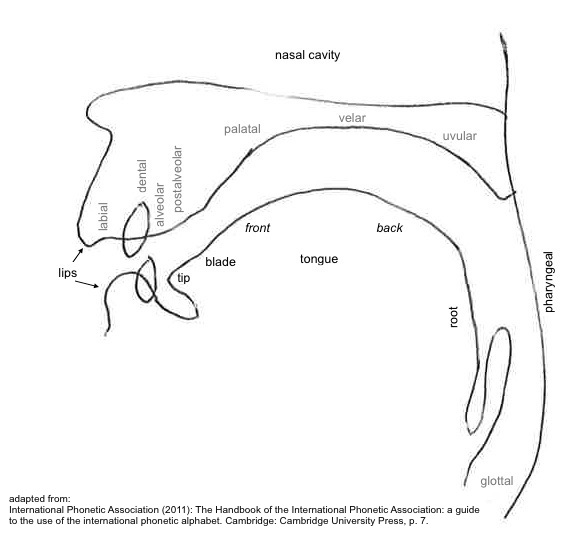
Dutch /s/ and /z/ are characterised by a noise peaks that are somewhat lower than for alveolarfricatives in other languages (such as English), which may have to do with a slightly more back or a less tense articulation.
The voicing distinction between /s/ and /z/ is more stable than that in the /f/- /v/ and /x/- /ɣ/ pairs, where in Northern Standard Dutch there is often devoicing of the second member. Devoicing of /z/ and a concomitant disappearance of the distinction with /s/ occurs in a number of Dutch dialects, but is considered less acceptable in Standard Dutch than devoiced /v/ and /ɣ/(Gussenhoven 1981; Van de Velde et al. 1996: 92; Smakman 2006: 216).
In Belgian Standard Dutch, the contrast is robust, though voiceless realisations are increasing in more recent standard speech (Van de Velde et al. 1996:101).
- 2003The Phonetics of English and DutchLeidenE.J. Brill
- 1981Measuring the acceptability of Dutch voiced fricativesProceedings IFN5NijmegenUniversity of Nijmegen96-126
- 2006Standard Dutch in the Netherlands: A Sociolinguistic and Phonetic DescriptionUtrechtLOT
- 1996The devoicing of fricatives in Standard Dutch: A real-time study based on radio recordingsLanguage Variation and Change8149-175
- 1996The devoicing of fricatives in Standard Dutch: A real-time study based on radio recordingsLanguage Variation and Change8149-175


